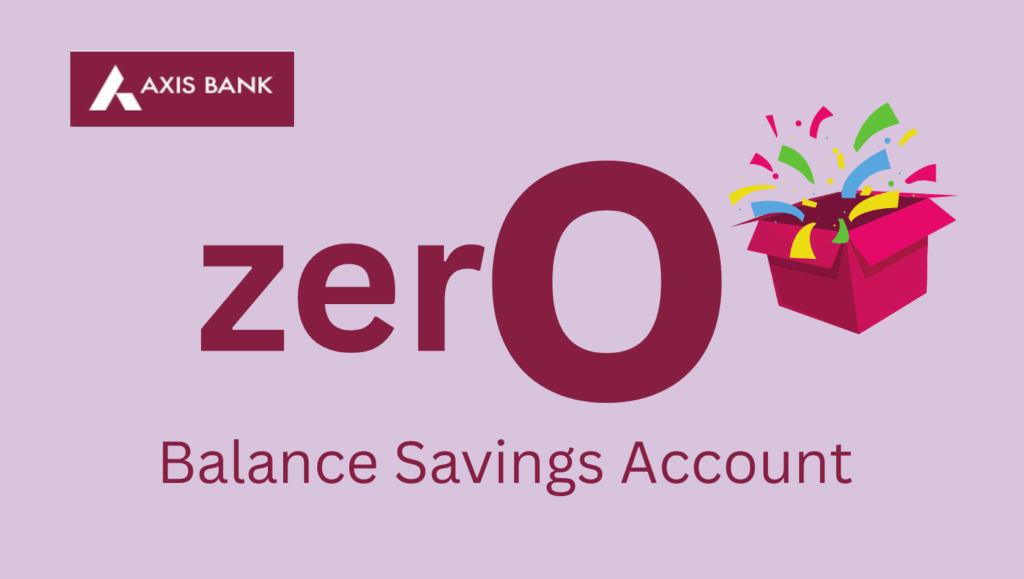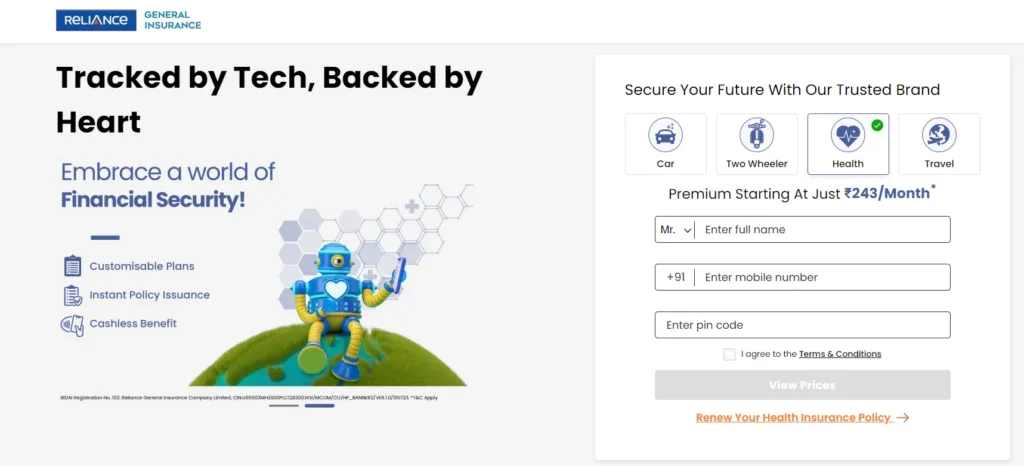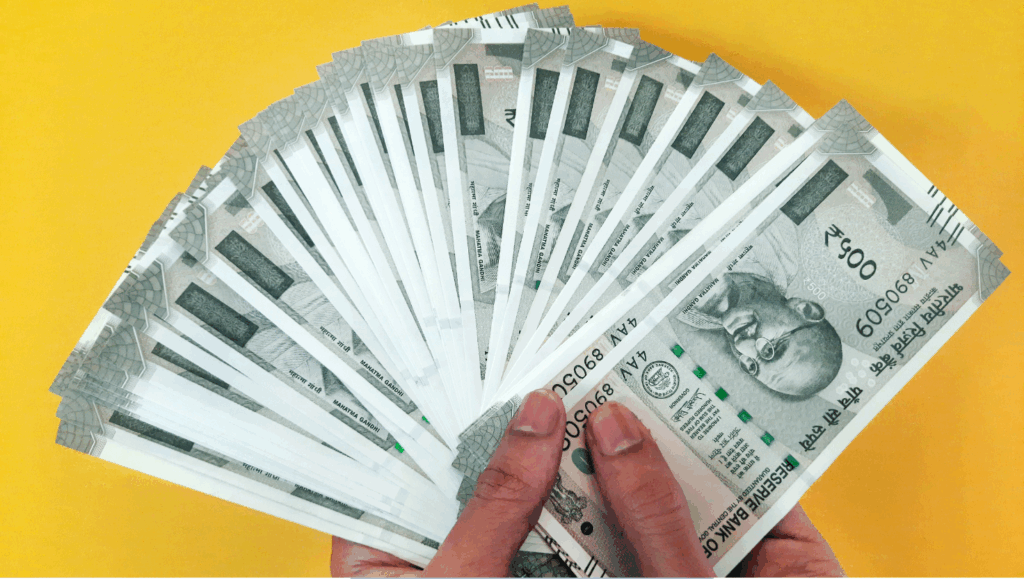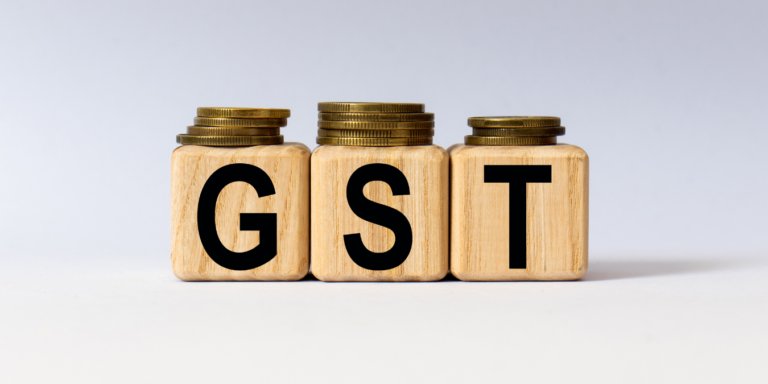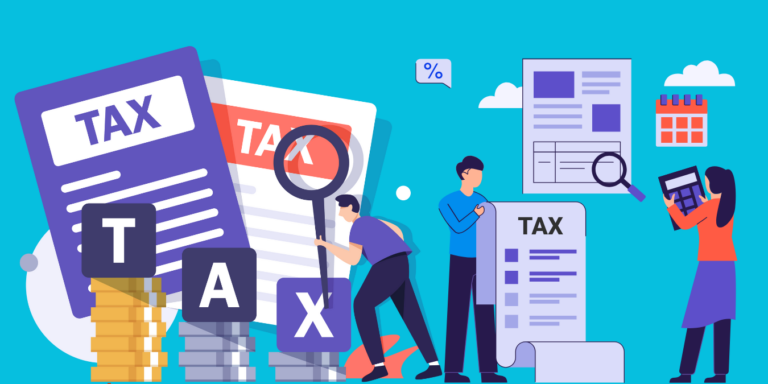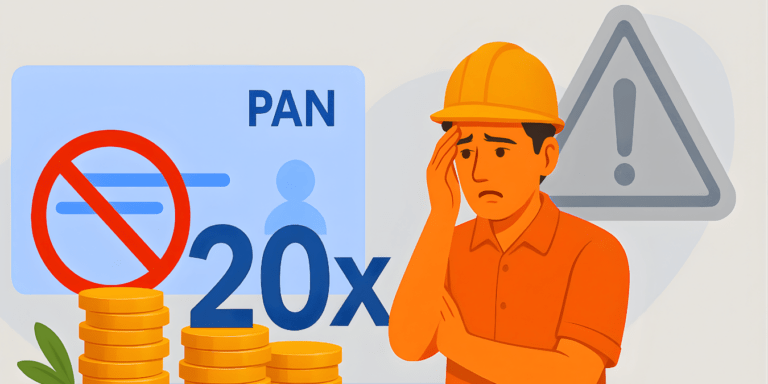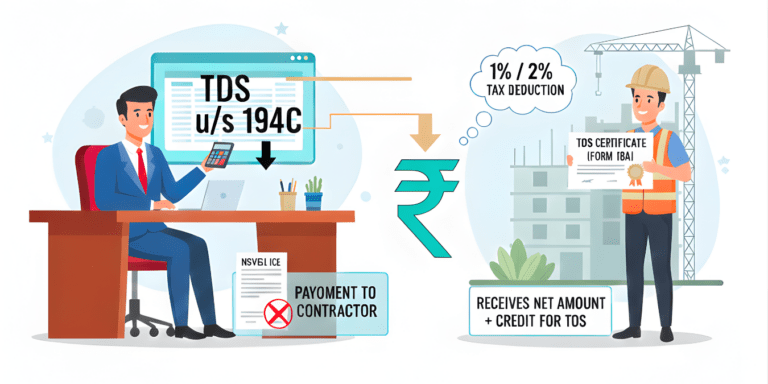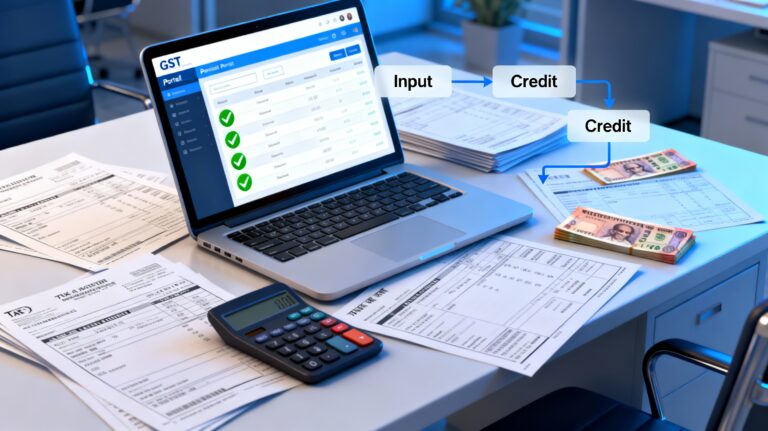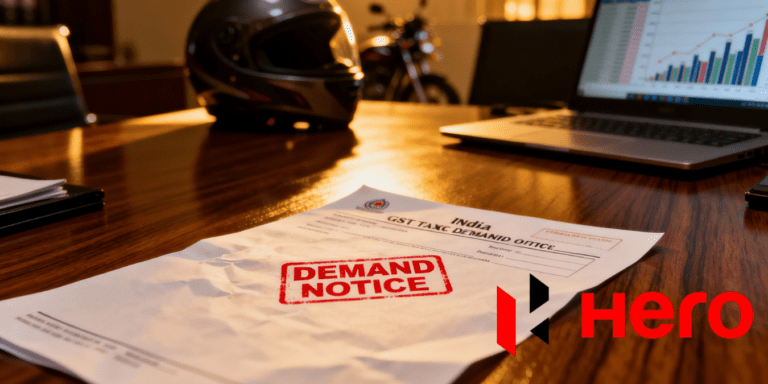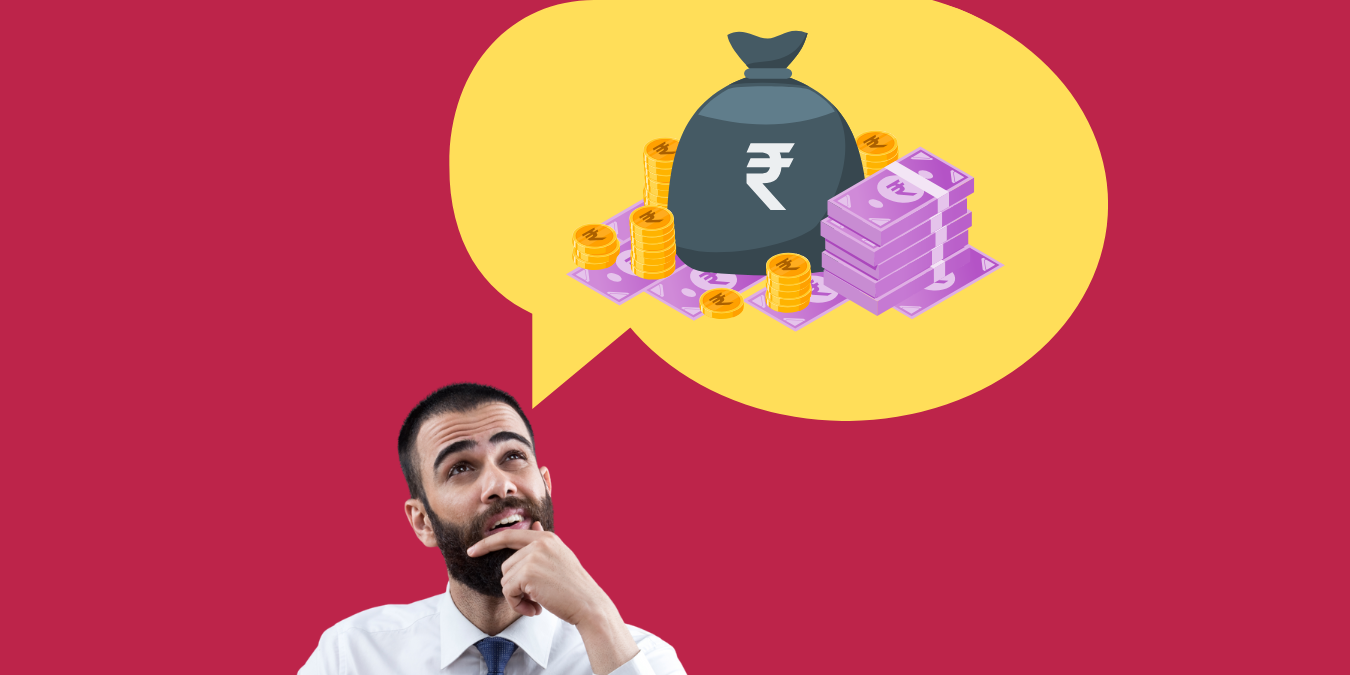
Feeling Confused? Here’s How Section 115BAC Affects High Earners in 2025-26
Impact of Section 115BAC changes on high earners in FY 2025-26. With new tax slabs expanding and popular deductions fading away, are you paying more tax than you should? Uncover hidden pitfalls and overlooked benefits that could dramatically affect your savings this year. Will sticking to the old regime save you more, or is the new slab relief worth the trade-offs? Dive in now to unravel the mystery and take control of your tax strategy in 2025—before the deadline hits. Don’t let confusion cost you money!
As India’s tax landscape evolves, Section 115BAC of the Income Tax Act continues to reshape how individuals and Hindu Undivided Families (HUFs) approach taxation. For the financial year 2025-26, key amendments under Section 115BAC have made the new tax regime the default option, with expansive changes in tax slabs, rebates, and deductions. But how exactly do these changes impact high earners? This comprehensive blog post explores the nuances, benefits, and challenges for high-income taxpayers, helping readers navigate the complexities with current 2025 data from India.
Why Section 115BAC Matters for High Earners in FY 2025-26
In February 2025, India’s Union Budget introduced sweeping changes to Section 115BAC of the Income Tax Act, making the new tax regime the default for all individuals and Hindu Undivided Families (HUFs), emphasizing simplification and relief for taxpayers. For high earners—those with annual incomes well above ₹15 lakh—these changes are not just a matter of paying a little more or less tax. They fundamentally alter how you plan your finances, invest, and structure your salary. While this move promises lower rates, it strips away many familiar deductions and exemptions—critical for high earners who often maximize these benefits. The recent slab revisions and enhanced rebates present a complex decision matrix for those with substantial incomes. This article demystifies the changes, enabling high earners to make informed tax planning decisions in 2025-26.
Section 115BAC, introduced as the new tax regime, significantly affects high earners in FY 2025-26 by offering lower tax slab rates and enhanced rebates but removing many popular deductions like Section 80C, 80D, and HRA exemptions. The top tax rate remains 30% for incomes above ₹24 lakh, while the standard deduction increases to ₹75,000. High-income taxpayers must weigh the benefits of simplified compliance and expanded slabs against the loss of deductions and exemption options. Choosing between the new and old regimes through informed tax planning is crucial to minimizing tax liability. Losses cannot be carried forward under the new regime, which can impact those with property or business losses. High earners should leverage tax calculators and consult professionals to optimize their tax strategy for 2025-26.
Understanding Section 115BAC: The Foundation of the New Tax Regime
What is Section 115BAC?
Introduced under the Finance Act 2020 and refined in subsequent budgets including 2025, Section 115BAC offers individuals and HUFs an alternative tax regime featuring lower tax slab rates in exchange for forgoing most exemptions and deductions.
Key points for FY 2025-26:
- Default Regime: From FY 2023-24 onwards, the new regime is the default.
- Opt-Out Option: You can still choose the old regime by filing Form 10-IEA before your ITR due date.
- Simplification Goal: The regime aims to reduce compliance complexity by eliminating the need to track multiple exemptions.
Key Feature Highlights for FY 2025-26
- Expanded Tax Slabs: Top rate of 30% now applies only above ₹24 lakh (up from ₹15 lakh).
- Higher Standard Deduction: ₹75,000 for salaried individuals (up from ₹50,000).
- Enhanced Rebate (Section 87A): Full rebate up to ₹60,000 for incomes up to ₹12 lakh.
- No Popular Deductions: Section 80C, 80D, HRA, and home loan interest on self-occupied property are disallowed.
Revised Income Tax Slabs for High Earners in FY 2025-26
| Income Slabs (₹) | Tax Rate under Section 115BAC (New Regime) |
| Up to ₹4,00,000 | Nil |
| ₹4,00,001 to ₹8,00,000 | 5% |
| ₹8,00,001 to ₹12,00,000 | 10% |
| ₹12,00,001 to ₹16,00,000 | 15% |
| ₹16,00,001 to ₹20,00,000 | 20% |
| ₹20,00,001 to ₹24,00,000 | 25% |
| Above ₹24,00,000 | 30% |
Notable Changes for High Earners:
- The ₹24 lakh threshold for the top rate offers relief for those earning between ₹16–24 lakh.
- Surcharge and 4% Health & Education Cess still apply for ultra-high incomes.
How Section 115BAC Changes Affect High Earners
1. Lower Marginal Tax Rates, But No Major Deductions
While slab rates are lower, you lose:
- Section 80C benefits (PPF, ELSS, life insurance premiums)
- Section 80D medical insurance deductions
- HRA exemptions
- Home loan interest deduction for self-occupied property
For high earners who previously claimed ₹3–5 lakh in deductions, this can offset the benefit of lower rates.
2. Increased Standard Deduction
The jump from ₹50,000 to ₹75,000 offers some relief, but for someone earning ₹30 lakh+, it’s marginal compared to lost deductions.
3. Expanded Section 87A Rebate
- Now applies to incomes up to ₹12 lakh (rebate up to ₹60,000).
- High earners above ₹12 lakh don’t qualify directly, but benefit from the widened slabs.
4. No Loss Carry Forward
Losses from house property or business cannot be carried forward under the new regime—impacting those with rental properties or business ventures.
5. Easier Compliance
No need to track dozens of exemptions—tax is purely slab-based. This is a genuine time-saver for busy professionals.
Pro Tips for High Earners under Section 115BAC in FY 2025-26
Optimize Tax Liability by Carefully Choosing Your Regime
- Compare tax liability under old vs new regime after calculating potential deductions.
- High earners with substantial investment exemptions may benefit by sticking with the old regime.
- Use online calculators for a clear comparison before filing.
Prioritize Tax-Efficient Investments
- Focus on tax-saving avenues that remain relevant under the new regime.
- Consider equity-linked instruments for wealth creation since 80C deductions won’t apply here.
Plan Salary Components Strategically
- Negotiate salary mix with components not excluded under the new regime.
- Maximize benefits like employer NPS contributions that qualify under new rules.
Stay Updated with Latest Amendments
- The government may refine thresholds and exemptions annually; stay informed to plan effectively.
Common Mistakes to Avoid
- Assuming Lower Rates = Lower Tax: Without deductions, you might pay more.
- Ignoring Old Regime Benefits: Especially if you have large home loan interest or HRA claims.
- Missing Form 10-IEA Deadline: This locks you into the default regime.
- Overlooking Surcharge Impact: For incomes above ₹50 lakh, surcharge rates can be steep.
Key Takeaways
- Section 115BAC makes the new tax regime the default for all taxpayers starting FY 2023-24, further refined in 2025-26.
- The new regime offers simplified slabs, higher rebate limits, and standard deduction, but disallows most exemptions.
- High earners must carefully assess whether to opt for the old or new regime based on their deduction eligibility.
- Strategic tax planning and investment choices are critical to minimize tax burden amid changed rules.
Final Thought & Call to Action: Take Control of Your Tax Planning in 2025-26
For high earners, understanding the nuances of Section 115BAC is essential to optimizing your tax liability in FY 2025-26. While the new tax regime simplifies compliance with lower slabs and enhanced rebates, the trade-offs on deductions mean one size does not fit all.
Action Steps:
- Calculate your tax liability under both regimes.
- Evaluate your deduction and exemption eligibility carefully.
- Consider consulting a tax professional for personalized advice.
- Stay updated on future amendments for continuous optimization.
Mastering these changes can ensure you pay no more tax than necessary, keep more of your hard-earned income, and make informed financial decisions aligned with the latest Indian tax laws.

